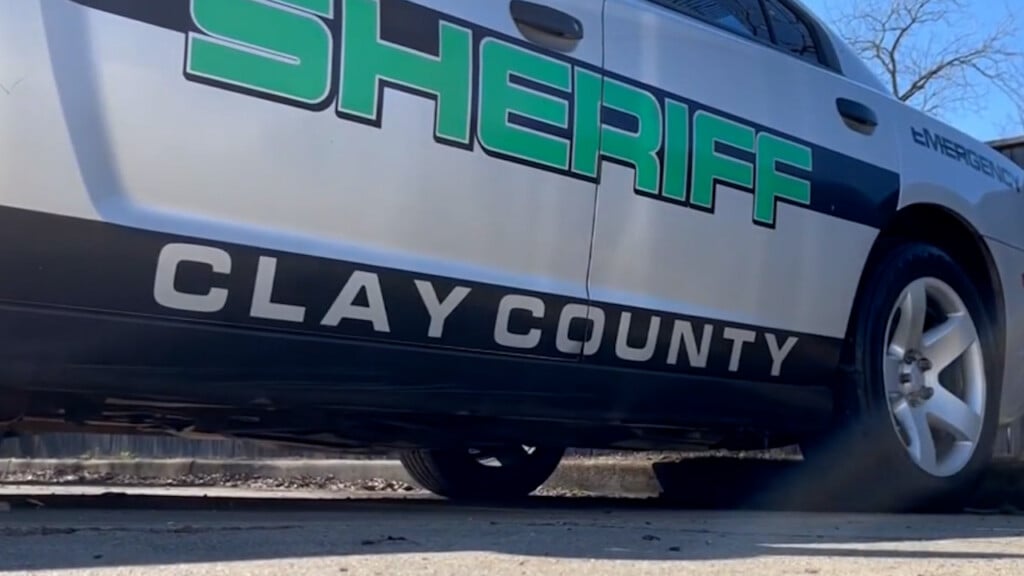Property Owners File Motion Against Lowndes County, 2 Railroad Companies
LOWNDES, Miss. (The Dispatch) — Owners of private property on Co-Op Road have filed a motion against Lowndes County and two railroad companies for not repairing and re-opening a rail crossing after a judge ordered them to do so last year.
Landowner and local attorney Hal McClanahan, along with landowners Dennis and Julie Gartman, filed the motion in Lowndes County Circuit Court on Friday. The litigation also contends that county leaders failed to give public notice that they entered into an agreement with BNSF Railway Company to close the road if the company would repair and widen the adjacent Bethel Road crossing.
The land owners claim the August decision was made without a public hearing, which is a violation of public policy.
Located off Military Road, Co-Op Road runs alongside the Columbus Co-Op in District 2. Supervisors closed the road in October 2011. In February 2013, a judge ordered supervisors to re-open the road and restore it to county specifications of condition. They responded by appealing the ruling to the state Supreme Court, which county attorney Tim Hudson said has not ruled on. District 2 Supervisor Bill Brigham and Lowndes County road manager Ronnie Burns said the area in question serves fewer than 10 residences.
The crossing is currently barricaded by railroad cars from Columbus & Greenville Railway (recently acquired by Genesee & Wyoming) and BNSF even though the road is technically open.
In June, McClanahan sent a letter to the county and railroad companies requesting that the road be repaved and opened. The county sent a letter of its own to C&G ordering the company to move its equipment off the crossing. Supervisors voted in August to widen the Bethel Road crossing from 10 to 20 feet and close the Co-Op Road crossing.
Now, Brigham and Board of Supervisors President Harry Sanders said they plan to meet with representatives of each railroad next week before scheduling a public hearing for next month on a proposal to officially close Co-Op Road.
“Closing that road allows C&G to put extra lines in there for storage cars. They spent a lot of money doing that,” Brigham said. “I think the residents over there are satisfied with the crossing we now have there, most of them anyway.”
McClanahan said the closure shouldn’t have an effect on closing private easements, many of which predate the railroads themselves. Closing the crossing cuts him and other landowners off from their property but also poses a public safety issue, he said.
“That road is a material asset to our property. When you cut off Co-Op Road, you devalue our property substantially. Now, instead of being able to turn off at Highway 12 at Co-Op and come straight to the land on a two-lane road, you’ve now got to go an additional quarter mile up the road, come across a one-lane road and come back in. There’s a whole community of folks that live east and north of the Bethel crossing where it comes across. We’re talking about property value on our land, but the people on the east side of the railroad going all the way up north, they’re totally dependent on fire trucks and ambulances being able to get out there.”
Sanders admitted that the railroad cars are blocking the Co-Op Road crossing “more than they should be” for a road that is currently supposed to be open.
“Closing Co-Op Road is a serious safety issue, not from the standpoint of the railroad, but if you’re coming out of Co-Op Road into Military Road, you’re coming in there at a blind curve and it’s a real dangerous intersection,” Sanders said. “If you close the Co-Op crossing, you eliminate some of that traffic that could probably get hit on Military Road.”
Brigham said while closing Co-Op Road only leaves Bethel Road as the way people who live in the area can get to their residences, it is an improved access.
“That’s not a unique situation,” Brigham said. “If it’s going to be one way in and one way out, we want to make it a good one way in and one way out. We’ve done that. I think the residents have a much better situation over there than they did before, even when we had two.”
McClanahan, however, said the area had two access points for many years, which makes the transition to only one entrance difficult.
“I don’t know of any issue ever having been raised about the entrance being a traffic hazard. They’ve never put up a flashing light and they’ve never put up a sign. I’m not saying that there may not have been incidences there, but historically I don’t think it’s ever been a problem,” McClanahan said. “If historically you only had one way in and one way out, you knew what it was you were getting into when you got it. We’ve had two roads into our property for approaching 100 years and all the landowners on the east side of the railroad track … had two accesses to their property for safety. Now they’re down to one.”
A court date on the motion has not been set.
Read more: http://cdispatch.com/news/article.asp?aid=32440#ixzz2yJrHCZfY





Leave a Reply